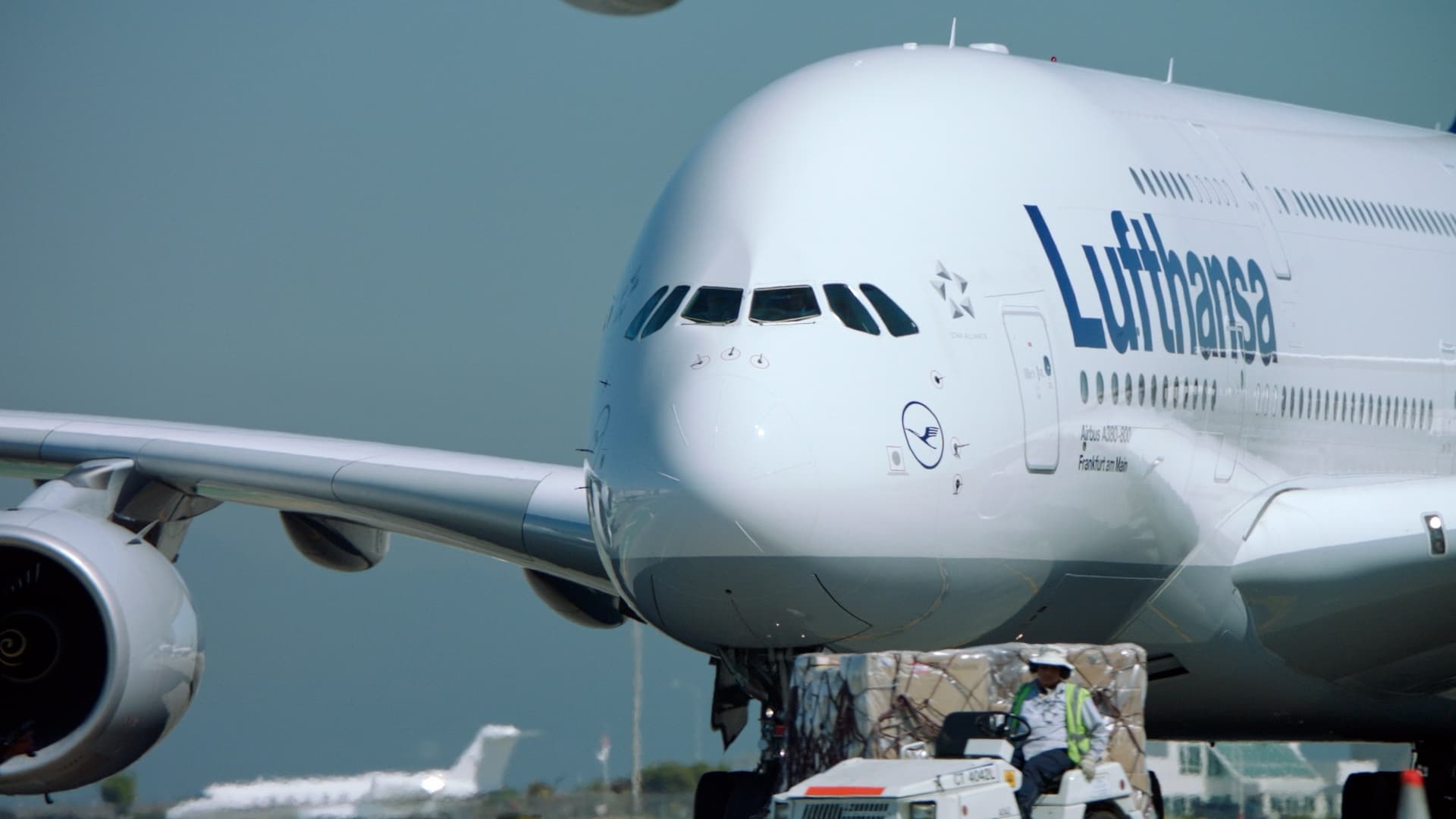The Airbus A380 made its first commercial flight in 2007. When it debuted, it overtook the long-reigning Boeing 747 as the world’s biggest passenger plane. It has four engines and is a full double-decker that can carry more than 800 people depending on an airline’s cabin layout.
The plane’s large number of seats was seen as key in helping to reduce the overcrowding of air traffic at several big airports, such as London’s Heathrow Airport, New York’s John F. Kennedy International Airport and Chicago’s O’Hare International Airport.
But orders for four-engine aircraft began to decline alongside the arrival of more fuel-friendly planes such as Airbus’ own A350 and Boeing’s 787 Dreamliner.
“What we’ve generally heard from airlines is that when you can fill an A380, the unit costs, as in the cost per seat, are very attractive,” said Mike Stengel of AeroDynamic Advisory. “But of course, you know, consistently filling 550 seats is far more difficult than consistently filling a 350-seat wide-body.”
The Europe-based Airbus announced an end to its A380 superjumbo program just 12 years after it first took to the skies.
During the Covid-19 pandemic, the A380 was one of the fleets most heavily affected by the near-halt to international long-haul travel, due to its size and operating cost. Many said it was the end for the superjumbos, but the A380 has been making a comeback, with several airlines pulling planes out of retirement.
Airbus says it expects the A380 to be flying for the next two decades, and it is still being operated by 10 airlines, including Emirates, Lufthansa, Etihad Airways and British Airways.
CNBC explores how the A380 became the biggest passenger plane in the world and what the future looks like for the massive jet. Watch the video to learn more.

